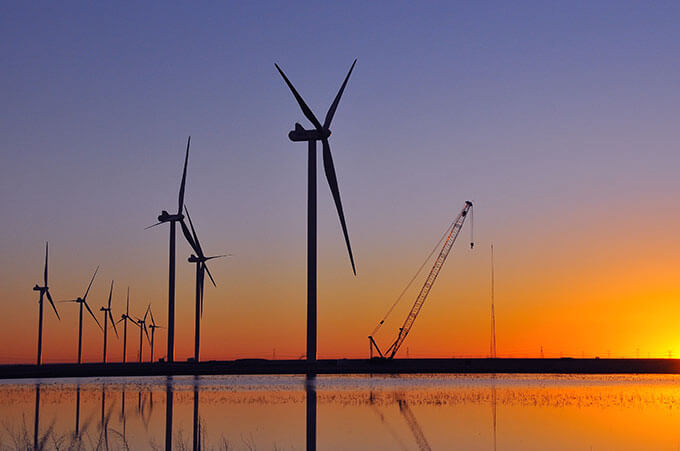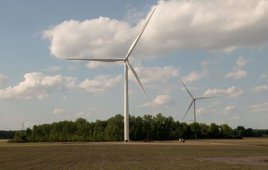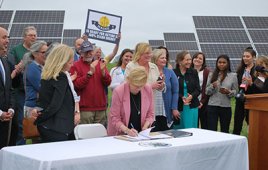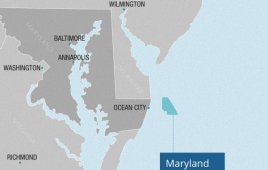Make Consulting recently published its Wind Power Outlook 2016 for Europe. The continent’s 10-year outlook totals 140 GW of wind power growth. A maturing onshore landscape undergoing regulatory changes will depend increasingly on repowering for growth while the offshore sector quickly moves up the learning curve.

European wind power markets are currently seeing unprecedented policy uncertainty as key countries prepare to erect new regulatory frameworks.
Europe’s wind power capacity grew by 14.4 GW in 2015, a 9% YoY expansion that increased cumulative capacity in the region to 149 GW and set a record of new added capacity in Europe. This growth was mainly driven by Germany, Poland, the UK and France, reflecting a range of sub-regional developments.
Key points in the report:
- European wind power markets are currently seeing unprecedented policy uncertainty as key countries prepare to implement new regulatory frameworks
- Northern Europe will reach annual demand of 8 GW in 2020, fueled by policy targets and almost 3 GW of new offshore wind capacity
- Germany will lead Europe with more than 36 GW of new capacity between 2016 and 2025
- The offshore market accounted for 21%, or 3 GW, of all new grid-connected capacity in Europe in 2015, more than doubling compared to 2014
- Turkey will likely exceed 1 GW in 2016, although political turmoil casts a long shadow over the market
As an additional feature a graphics library is available for this publication; enabling easy access and overview to key figures included in the report.
MAKE’s Europe Wind Power Outlook 2016 is a 100+ page report containing 100+ charts, tables and graphs providing in-depth analysis of the wind power markets in Europe. The report studies the key drivers and barriers for new wind power installations in Europe with a focus on specific national and subregional markets. The analysis focuses on macro conditions, regulatory frameworks as well as 10-year market outlooks and three forecast scenarios (bull, base and bear) for each Tier I and II market. Market models are illustrated, demonstrating the critical forces that are shaping demand for new wind power generation assets.
Filed Under: Uncategorized




